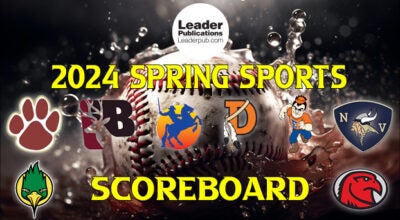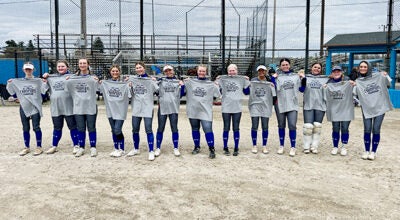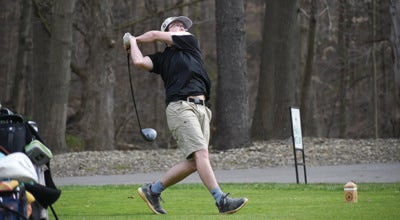More than 100,000 people expected to attend 2009 Fall Hunting Classic
Published 9:15 am Thursday, July 30, 2009
PORTAGE, Ind. – During this economic downturn when everyone is having to tighten their belts a bit, it’s nice to be able to still do things you enjoy or continue traditions that are a part of your families’ heritage. And, it’s even better if it’s free!
The Fall Hunting Classics are such a tradition at Bass Pro Shops. This year, more than 100,000 people are expected to attend the 2009 Fall Hunting Classic Aug. 7-23 at the Bass Pro Shops located at 6425 Daniel Burnham Drive in Portage.
This 17-day event will feature hunting celebrities, seminars, workshops, craft activities and more and it is all free.
“This event is huge, hunters and other outdoor sportsmen and women look forward to it all year long,” said Portage Bass Pro Shops store manager Jim Osborne. “Outdoor enthusiasts will be able to learn the secret techniques and strategies used by professionals to gain a better advantage in the field, see all the latest products and attend workshops and seminars. And, there is a ‘ripple effect’ as other area retailers, gas stations, hotels and restaurants benefit as well from the increased traffic the Classic generates,” Osborne added.
But why does Bass Pro Shops go to all the time, trouble and expense, especially in these gloomy economic times, to host such an event? According to Osborne, ‘hunting is big business.’ And, indeed it is. A report by the Congressional Sportsmen Foundation cites America’s 34 million hunters and anglers are an economic powerhouse – spending some $8.6 million an hour. If this $76 billion-a-year industry were a corporation it would be among America’s 20 largest, ahead of Target, Costco and AT.
Hunting and fishing sportsmen directly support 1.6 million jobs, spend more than a billion dollars just on licenses, stamps, tags and permits, and they generate $25 billion a year in federal, state and local taxes. More than 12.5 million hunters and shooting sports enthusiasts pump $24.9 billion into the economy each year. Where do those billions go? They spend $2.4 billion on guns and rifles, $203 million on binoculars, field glasses and other optics, decoys and game calls equate to $187 million, hunting apparel takes up $459 million and ammunition purchases equate to $696 million.
Just food and drinks consumed on hunting trips eats up $2.1 billion. And, on lodging alone, hunters spend $614 million-more than the combined annual revenues of Comfort Inn, Comfort Suites, Quality Inn, EconoLodge, Rodeway Inn and Sleep Inn ($482 million).
But the buck doesn’t stop there. It is vitally important that today’s youth get involved in the outdoors so they can become the stewards and conservationists of tomorrow to insure the maintenance and well-being of our natural resources. “I’ve heard it said that if you don’t have a fishing rod in the hands of a youngster by the time they are 8 years old, the chances of getting them to go fishing later in life diminishes dramatically,” said Osborne. “I would think the same applies to getting them introduced to hunting and shooting sports,” he continued.
Why is this so important? The sale of hunting licenses, tags and stamps is the primary source of funding for most state wildlife conservation efforts. Hunters and anglers have always been, and continue to be, the largest contributors to government wildlife conservation programs. Through excise taxes and license revenues, these sportsmen have contributed more than $10 billion dollars to conservation and provide more than 80 percent of the funding for most state fish and wildlife agencies. Just from hunters alone, nearly $200 million in hunters’ federal excise taxes are distributed to State agencies to support wildlife each year.
Success stories of these wildlife restoration projects are exemplified though the ‘bringing back’ of dozens of species such as ducks, wild turkeys and white-tailed deer.
In 1900 there were less than 100,000 wild turkeys in the nation. Today there are 7 million.





